A stoma is a connection between the lumen of the hollow organ and the surface of the skin or mucous membrane through surgery. This means that a stoma is a deliberate procedure to create an artificial connection to the bowel or ureter.
Stomas are placed in patients with various conditions, most commonly involving situations where the intestines cannot function properly.
Stoma refers to a piece of skin surrounding an opening that carries urine or feces outward. A stoma pouch is glued to the skin around it, into which urine or fecal matter enters. There are different types of intestinal stoma. Sometimes, a stoma is only placed for a limited time until the patient recovers. A stoma can sometimes be an unpleasant condition for many people, although having one does not exclude one from daily life.
People with a stoma need to take care of its proper care and diet, as neglect can lead to complications. However, a stoma is sometimes necessary to allow excretion of feces or urine when, for various reasons, this is not possible by natural means. The emergence of a stoma is often a life-saving procedure or directly contributes to improving a person's condition.
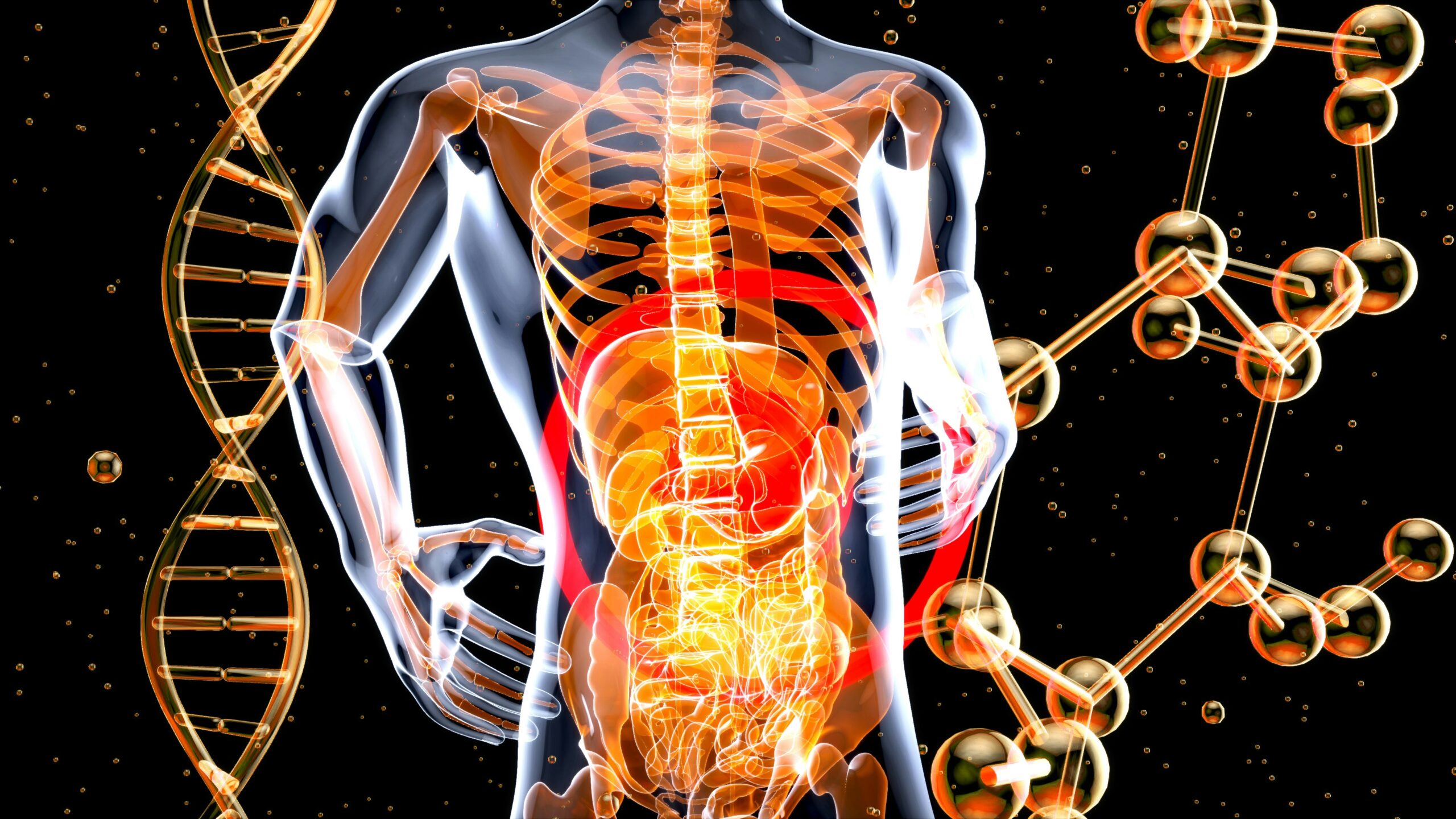
A stoma is a round hole in the abdomen, reddish-pink. The tissue is not innervated, so touching it does not cause pain. It often protrudes slightly above the skin's surface, and its outlet should be at a central point. A stoma pouch is glued to the skin around it so that the center of the emerged stoma is in it. There are several types of stomas, and their division depends on the organ involved, the design of the stoma, its function, and whether it is to be temporary![]() or permanent
or permanent![]() . Types of stomas thus include the following:
. Types of stomas thus include the following:
Based on the length of its use, a temporary stoma can be distinguished, which patients have for a specific period. It can be a short-term condition of treatment, after which the continuity of the digestive tract is restored and the stoma is removed. Sometimes, a temporary stoma, can be transformed into a definitive one. A temporary stoma is done in patients with specific health indications. In most cases, the temporary stoma is removed after about three months.

In very many cases, a stoma is placed permanently. So, it all depends on the patient's health condition and the reason for which the fistula was placed. In the case of a definitive stoma, the loop of the small intestine is completely cut off, and the stool is directed to the skin surface. The intestinal section separated from the digestive tract is usually removed during this operation. In this case, the patient must have a stoma for the rest of their life. However, it should not be forgotten that a stoma will permanently help eliminate the causes and consequences of the condition.
In this type of stoma, an intestinal fistula is created when a patient develops the need to remove part of the large intestine or rectum. It is often located below the navel on the left side of the abdomen. This procedure involves the emergence of the colon![]() onto the surface of the abdomen. Thus, like other types of stomas, colostomy can be temporary or permanent. If it is necessary to remove the rectum and anus, then a permanent colostomy is created.
onto the surface of the abdomen. Thus, like other types of stomas, colostomy can be temporary or permanent. If it is necessary to remove the rectum and anus, then a permanent colostomy is created.
An ileostomy is the connection of the lumen of the ileum![]() to the skin and is usually located on the right side of the abdomen. With an ileostomy, the digestive system can function without the large intestine. This procedure is done when the colon is resected or completely removed. Usually, an ileostomy permanently emerges, using part of the small intestine, usually on the right side of the abdomen, under the navel.
to the skin and is usually located on the right side of the abdomen. With an ileostomy, the digestive system can function without the large intestine. This procedure is done when the colon is resected or completely removed. Usually, an ileostomy permanently emerges, using part of the small intestine, usually on the right side of the abdomen, under the navel.
It is a urinary fistula used for patients with a damaged or removed bladder![]() . A urostomy, or skin-to-skin fistula, is a type of stoma used when it is impossible to expel urine naturally for various reasons. The procedure involves guiding the ureter directly onto the skin coating or through an appropriately isolated section of the small intestine. Puncture urostomies are suitable for draining urine from the bladder or the kidney and are usually used as a temporary solution. A bowel-assisted urostomy is are generally definitive.
. A urostomy, or skin-to-skin fistula, is a type of stoma used when it is impossible to expel urine naturally for various reasons. The procedure involves guiding the ureter directly onto the skin coating or through an appropriately isolated section of the small intestine. Puncture urostomies are suitable for draining urine from the bladder or the kidney and are usually used as a temporary solution. A bowel-assisted urostomy is are generally definitive.
Gastrostomy is a nutritional fistula suitable for introducing food in people with obstructed esophagus![]() . A gastrostomy is a fistula that connects the external environment and the stomach. It is used in people whose esophagus is obstructed and prevents them from consuming food by mouth. A gastrostomy can be a temporary or permanent method of feeding. In some cases, oral nutrition is difficult or impossible, causing weight loss, weakness, and dysfunction of all body systems and organs. To avoid malnutrition and related health problems, a nutritional gastrostomy is used in such situations.
. A gastrostomy is a fistula that connects the external environment and the stomach. It is used in people whose esophagus is obstructed and prevents them from consuming food by mouth. A gastrostomy can be a temporary or permanent method of feeding. In some cases, oral nutrition is difficult or impossible, causing weight loss, weakness, and dysfunction of all body systems and organs. To avoid malnutrition and related health problems, a nutritional gastrostomy is used in such situations.

The most common indication for stoma placement is disease. Stoma is associated with intestines, rectum, and urinary tract diseases. Many interrelated factors influence the final decision to perform a stoma. Wanting to place a stoma also takes into account the patient's general condition, the type of surgery used and the level of disease. Stoma removal surgery is done for urgent or elective indications. This procedure is done in some cases. Reasons for doing stomas include:
Most often, a stoma is done where there are serious intestinal problems. The most common indications for urgent stoma placement include acute bowel perforation![]() . Symptoms of bowel perforation mainly include severe pain in a specific part of the abdomen or the entire abdomen. It quickly increases and becomes difficult to bear. It is then necessary to go to medical care to be able to place a stoma so that peritonitis and other complications do not occur.
. Symptoms of bowel perforation mainly include severe pain in a specific part of the abdomen or the entire abdomen. It quickly increases and becomes difficult to bear. It is then necessary to go to medical care to be able to place a stoma so that peritonitis and other complications do not occur.
Different intestinal diseases predisposing to stoma placement include ulcerative colitis, intestinal lesions due to intestinal ischemia, adenomatous polyposis of the colon, and Crohn's Disease![]() .
.

Peritonitis is the condition of inflammation of the membrane lining the entire abdominal cavity from the inside. It is most often caused by bacteria entering the peritoneal cavity, and when it involves the entire peritoneal cavity, it progresses very violently and can be life-threatening for the patient. That is why a stoma is placed as urgent in such a situation.
Various types of cancer can predispose to stoma placement. These include rectal cancer, colorectal cancer![]() , and bladder cancer
, and bladder cancer![]() . Rectal cancer is a malignant disease that grows from the epithelium of the bowel. Colorectal cancer is a malignant primary neoplasm that develops in the epithelium of the intestinal mucosa. It can affect various parts of the intestinal segment. Bladder cancer, on the other hand, is a malignant tumor that originates in the epithelium lining the bladder wall.
. Rectal cancer is a malignant disease that grows from the epithelium of the bowel. Colorectal cancer is a malignant primary neoplasm that develops in the epithelium of the intestinal mucosa. It can affect various parts of the intestinal segment. Bladder cancer, on the other hand, is a malignant tumor that originates in the epithelium lining the bladder wall.
In addition, a stoma can also happen to people who have lost the functionality of their digestive system as a result of trauma or post-surgical complications. Indications for stoma placement also include extensive abdominal trauma with disruption of the gastrointestinal tract or urinary tract.

A stoma is a surgical procedure to connect the large intestine and the small intestine or ureter and the skin. A stoma makes it possible to excrete feces or urine where, for various reasons, it is impossible to do so naturally. A stoma procedure is the surgical creation of the lumen of the intestine or ureter through the abdominal shell and fixing it on the body surface. It usually results from removing part of the ureter, large intestine, or small intestine. The procedure for doing a stoma is to insert the bowel at the end through an opening in the patient's abdomen. After the intestine's mucous membrane is turned out, it is sewn together with the skin.
Thus, a stoma is placed when the organ is not working correctly. Then, during surgery, the surgeon cuts out the diseased part and creates a new bowel route located on the abdominal wall. From then on, defecation or urination and gas expulsion are carried out through the inserted stoma. The procedure for inserting a stoma is done traditionally by cutting open the abdominal layers or laparoscopically![]() . It is a non-invasive method, meaning the stoma emerges without cutting the entire abdomen open.
. It is a non-invasive method, meaning the stoma emerges without cutting the entire abdomen open.

In summary, it can be said that a stoma is a new, artificially created anus. For the first few days after surgery, the stoma may be enlarged and may bleed. However, it is entirely natural, and with proper care, the stoma is safe and functions properly. Due to the omission of the sphincter that closes the bowel outlet, bowel movements and gas expulsion cannot be controlled. When a patient has a stoma, they must use a unique stoma bag where the defecated contents go. It happens spontaneously, beyond the patient's control and awareness. It is not painful, but stoma pouches must be emptied regularly. With the placement of a stoma, the excretory balance in the patient's body is restored.
People with stomas can return to everyday life. However, they must maintain a healthy lifestyle and avoid factors that can irritate the stoma. It is extremely important to maintain healthy, clean skin in and around the stoma and properly size the stoma pouch. Damage to the skin around an emerged stoma can promote infection, which can be special for the patient.
When having a stoma, a proper diet is essential. What you can eat while having a stoma depends mainly on how your body reacts; thus, observing what foods harm you and benefit you is necessary. A diet with a stoma should be varied, providing your body with the essential nutrients. Regularity of meals is also important. An intestinal stoma diet also requires making sure you get enough fluids. In addition, it is also recommended to reduce the consumption of alcohol significantly. This is because it should be remembered that it accelerates intestinal peristalsis, increasing the excretion rate of intestinal contents. Smoking is also harmful to stoma patients.
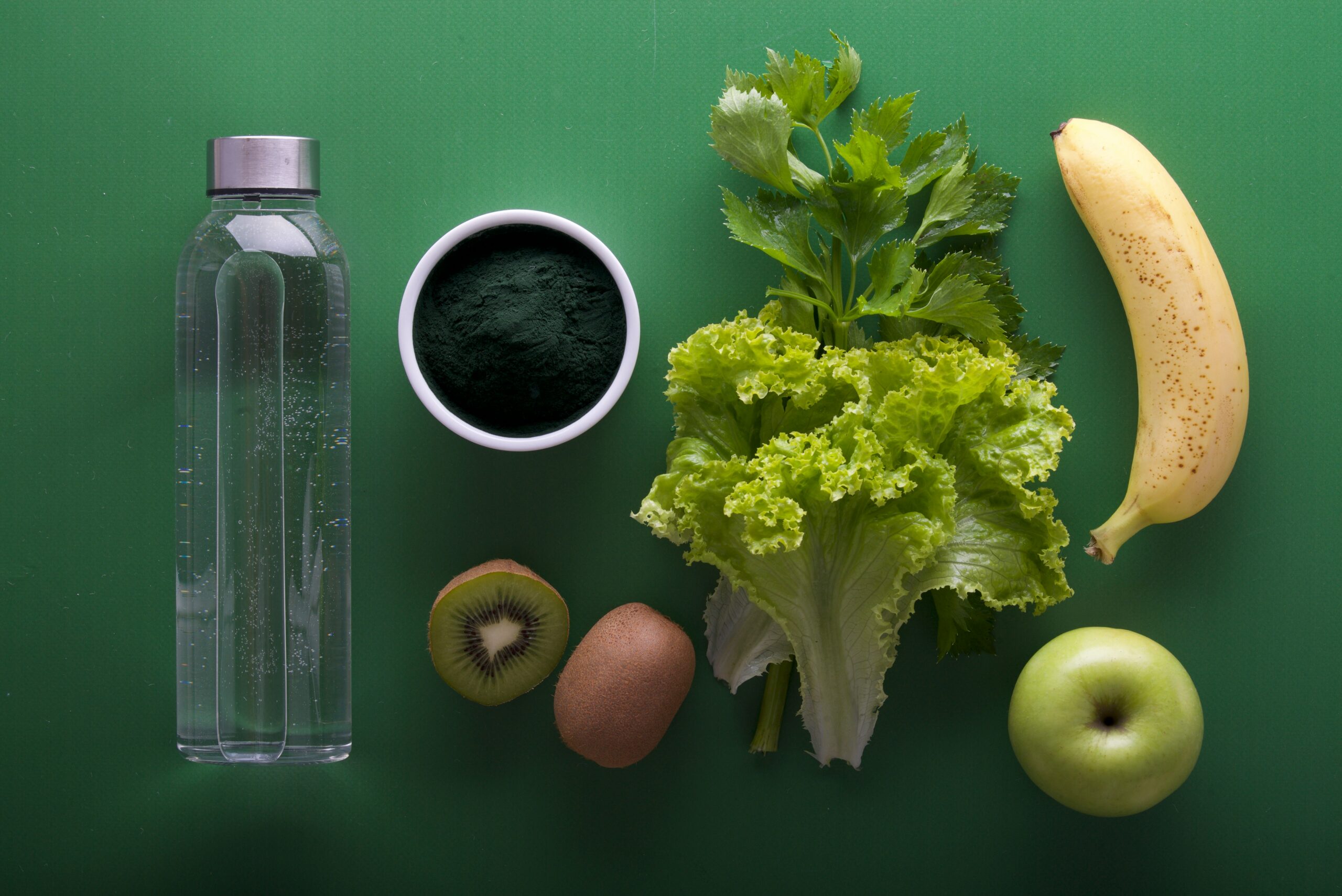
Taking care of the skin around the stoma is very important to prevent irritation and complications. Unique products designed for it are recommended for cleaning the skin around the stoma. Before sticking a colostomy pouch, the skin should be washed thoroughly with appropriate safe preparations and dried with a soft cloth or soft towel. Also, an improperly fitted stoma can sometimes cause skin irritation. Remembering that the stoma changes shape and appearance after the surgical procedure is essential. After a few weeks, equipment selected immediately after surgery should be reviewed.
Both lack of physical activity and the wrong method of physical activity can harm stoma patients. Stoma patients can engage in sports without worrying that it will affect their health. However, they must be more cautious about certain factors that irritate the stoma. There are trauma sports that are not recommended for people with stomas. These sports include boxing, karate, and different martial arts. Such sports should be replaced with various types of physical activity. Patients should also be wary of lifting too much weight and jumping violently, which can irritate the skin and stoma. Besides that, almost all sports, including swimming in a pool or natural bodies of water, are allowed.

People with an emergent stoma may face various problems in daily life, especially in the first period after surgery. Beginning stoma patients may have issues with how to sleep. Nightwear should be comfortable and made of breathable, non-irritating materials to make sleeping easier with a stoma. It is also important that it helps keep the stoma pouch in one position. The optimal sleeping position for a stoma patient is on the back, but you can also sleep on your side or stomach. However, you must be careful that it does not crush the stoma pouch with your body.
A stoma is a specific condition in which complications can also occur. Some of the most common complications include:

Surgical problems belong to the local complications of stomas. They can occur, especially if the procedure is being done urgently. The most severe surgical complications include stoma prolapse, stoma swelling, bleeding, or stoma necrosis. Therefore, the creation of a good stoma, correctly placed, is essential, and it is up to the specialist doctor to protect the patient from complications. It is advisable to perform the procedure using minimally invasive techniques with particular attention to the technical aspects of the procedure. Increased attention is required for patients operated on urgently with obesity![]() and coexisting chronic diseases.
and coexisting chronic diseases.
The etiology of skin complications is related to systemic, mechanical, and infectious factors. Skin lesions around the stoma result in leakage of stoma appliances, an inability to maintain proper hygiene and increased pain symptoms. Patients with an ileostomy have a significantly higher risk of developing skin lesions. The most common early complications are contact dermatitis from irritation, mechanical trauma, dermatomycosis, and skin-mucosal adhesion disorders.
Metabolic complications are related to the physiology of the gastrointestinal tract. A stoma-type lesion can impede certain natural processes. Patients with ileostomies can develop electrolyte and acid-base disturbances![]() that can be life-threatening. Often, in an effort to reduce stoma discharge, patients drink or eat less, leading to severe complications. It is also worth remembering that diarrhea can affect a patient with a stoma regardless of its type. It is a symptom that should not be ignored.
that can be life-threatening. Often, in an effort to reduce stoma discharge, patients drink or eat less, leading to severe complications. It is also worth remembering that diarrhea can affect a patient with a stoma regardless of its type. It is a symptom that should not be ignored.
Stoma patients can also have mental health problems. After stoma surgery, patients may not accept the changes in their bodies. The stoma can seem unattractive to them, which affects relaxation and overall quality of life. Hygiene problems can also hinder daily function. It causes avoidance of sexual contact due to feelings of shame or general isolation from society.
Therefore, people who have a stoma may be at greater risk of certain acquired mental disorders (anxiety, depression![]() ). A stoma can disrupt sleep and rest, change leisure activities, cause sadness, dissatisfaction, stress, depression, anger, and aggression, and give rise to doubts and fears that patients cannot handle on their own.
). A stoma can disrupt sleep and rest, change leisure activities, cause sadness, dissatisfaction, stress, depression, anger, and aggression, and give rise to doubts and fears that patients cannot handle on their own.
A stoma is an artificially created connection between part of the intestine and the body surface. A stoma procedure is the surgical creation of an organ lumen through the abdominal shell and fixing it to the body surface. It usually results from removing part of the ureter, large or small intestine. Several types of stomas are distinguished, indicating the location of the stoma or the duration of the stoma.
Various causes predispose to stoma placement, the most common being intestine diseases. A stoma is placed where the excretory system is not working correctly due to past illnesses. The procedure involves rolling out and suturing the end portion of the bowel to the skin. Intestinal contents of a semi-liquid consistency are excreted through the cone of the intestinal stoma into a stoma pouch.
A stoma makes it possible to excrete feces or urine where, for various reasons, it is not possible to do so by natural means. Maintaining a healthy lifestyle and watching out for irritants when having a stoma is essential. Improper care of the stoma and general health can cause complications.
Table of Contents

Colon cancer is a common disease with a high mortality rate. Find out how to recognise the first signs of… read more »
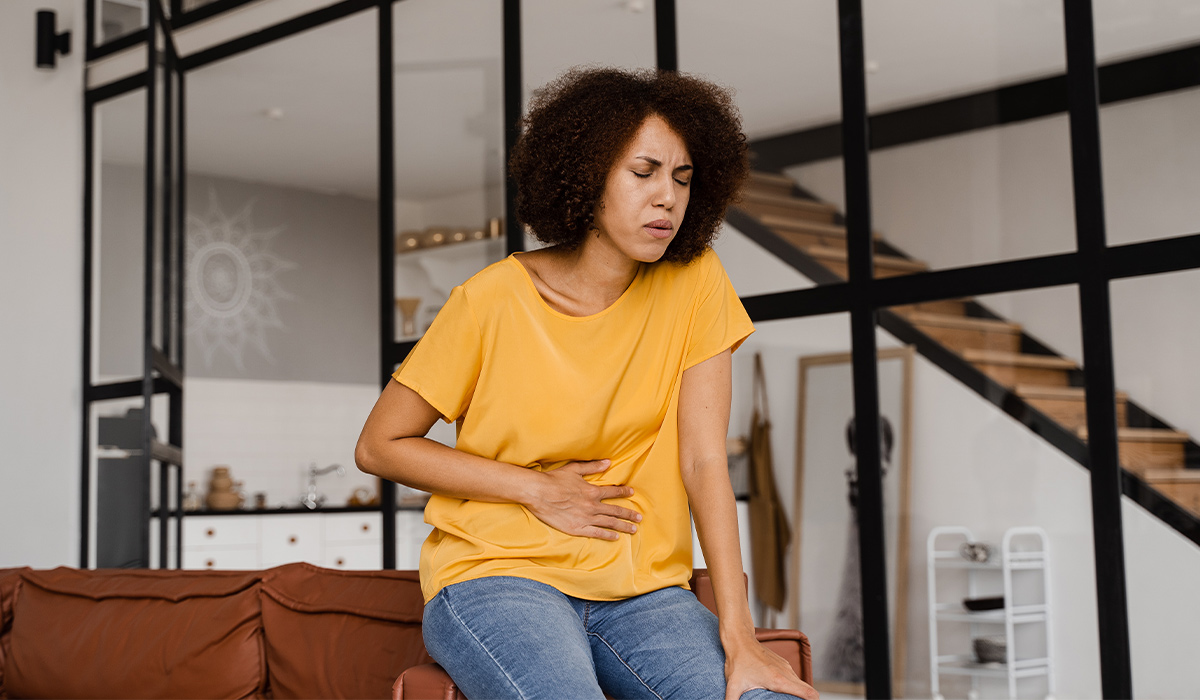
Ileus is a medical condition that stops the passage of food through the digestive tract. What are its symptoms and… read more »

The term “bowels” refers to the gastrointestinal tract, specifically the intestines. They are divided into two main parts: the small… read more »
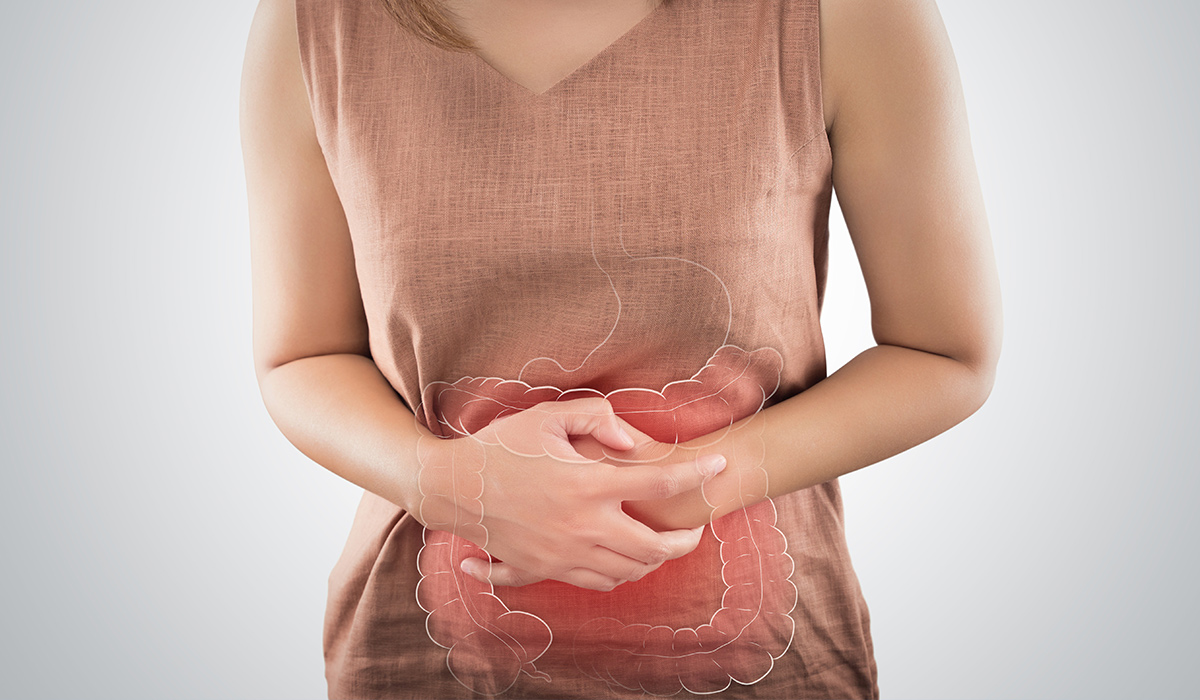
Ulcerative colitis is a chronic inflammatory disease of the large intestine, often manifested by diarrhea with blood. Here is everything… read more »

The colon is part of the large intestine and is essential for the digestive system. Some signs may indicate problems… read more »
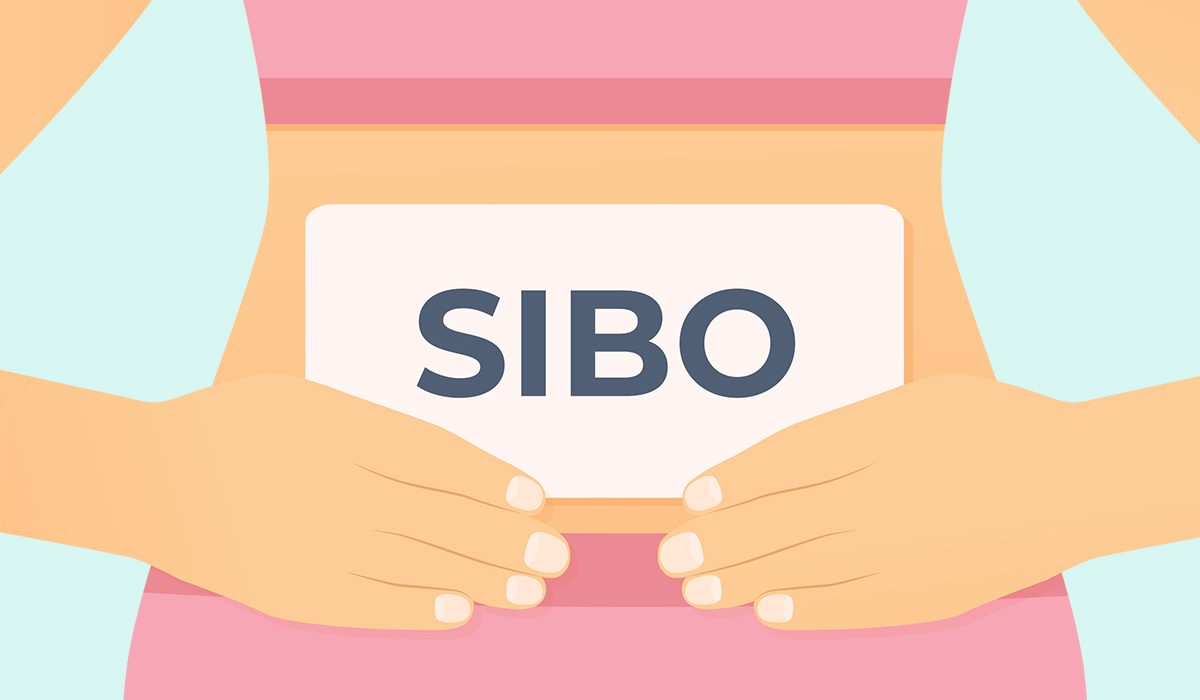
SIBO is a syndrome of symptoms that occurs when there are too many bacteria in the small intestine. The causes… read more »
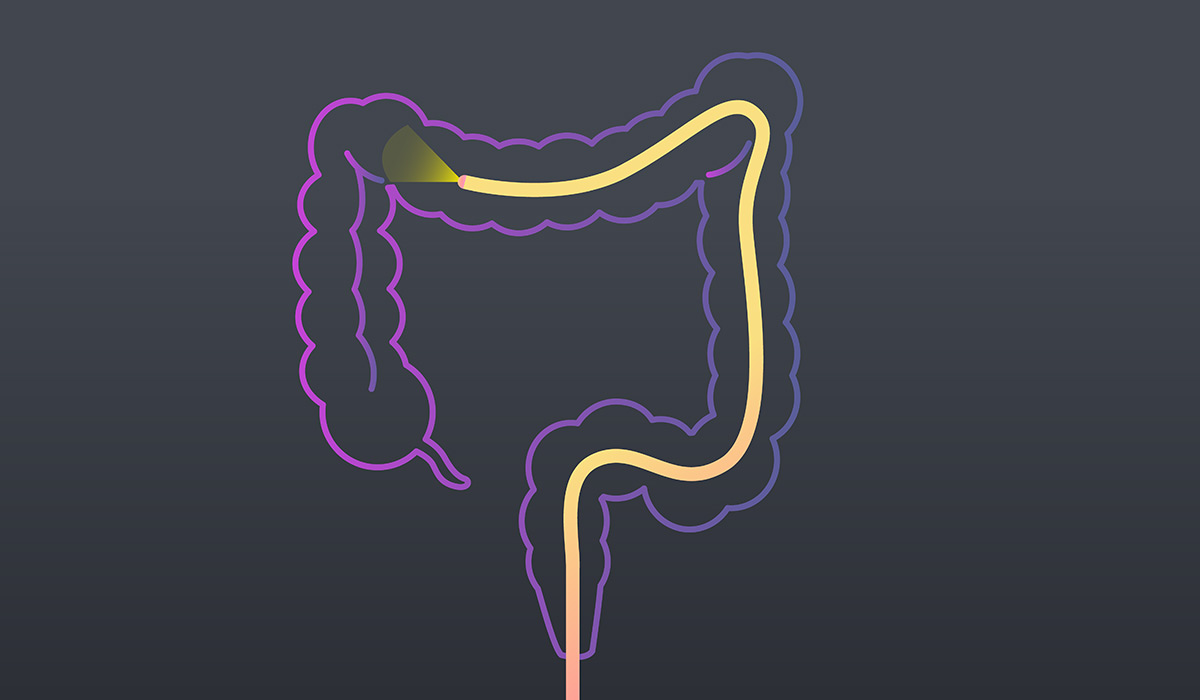
A colonoscopy is a medical procedure used to examine the interior of the colon (large intestine) and rectum. It is… read more »

Liposuction is a surgical procedure with the goal of getting rid of excess fat. Learn about the indications and contraindications… read more »
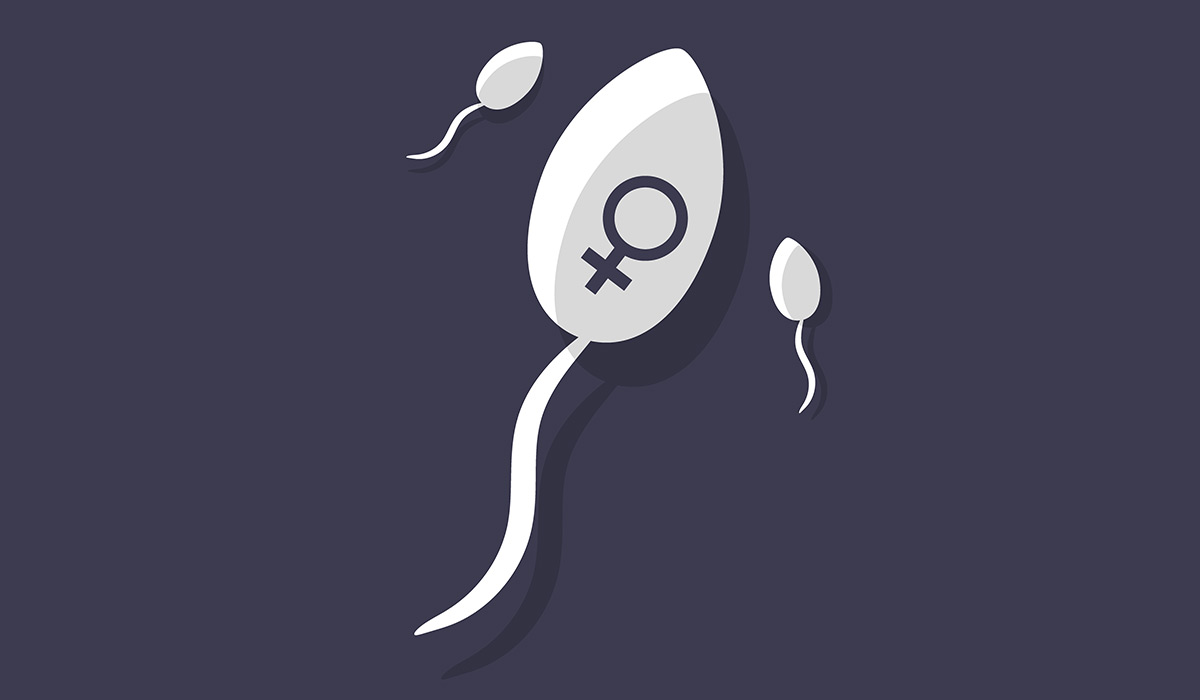
A vasectomy is a surgical procedure that serves as a permanent form of male contraception. How to prepare for this… read more »